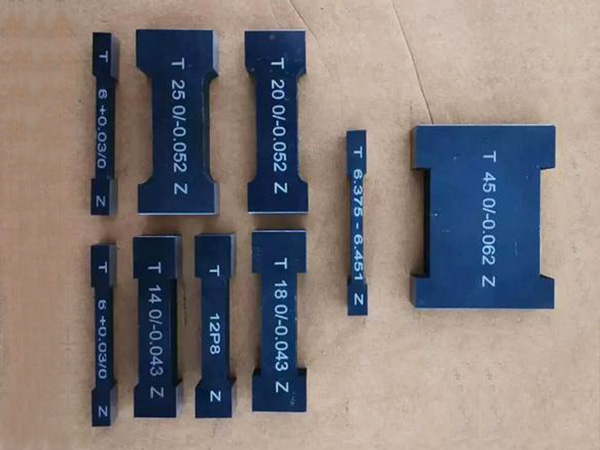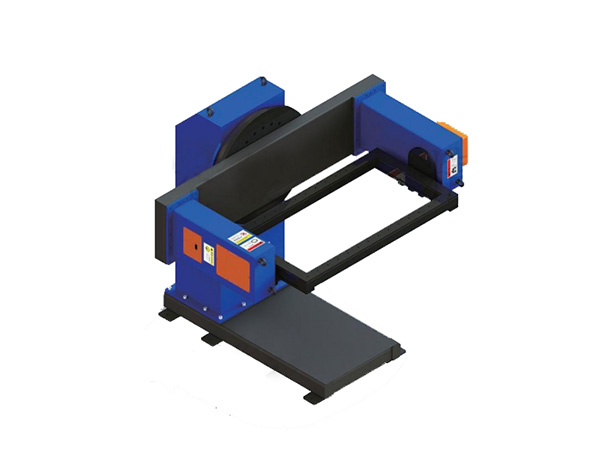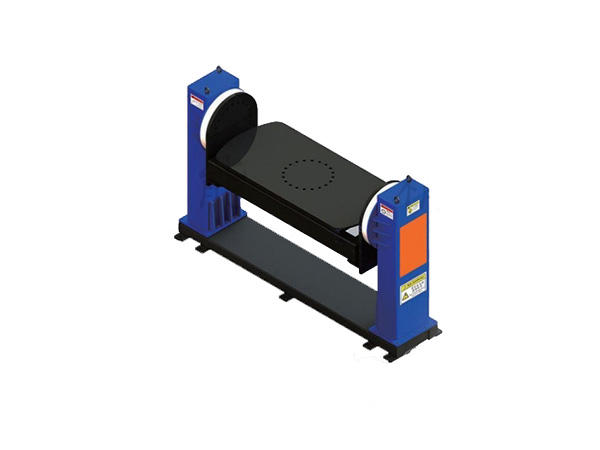- Navigation -
NEWS DETAILS
NEWS INFORMATION
Long-Term Methods to Maintain Granite Platform Flatness
AUTHOR:Bozhong Tool DATE:2025-11-13 17:12:35 HITS:142
A granite platform is a cornerstone of precision measurement and inspection. Valued for its exceptional stability, density, and resistance to corrosion, it serves as the trusted foundation for high-accuracy work. However, even granite surfaces can lose flatness over time if not properly cared for. Dust, load imbalance, or thermal variation can gradually compromise precision.
To safeguard measurement accuracy and extend service life, workshops and laboratories must adopt disciplined care routines. This guide explains practical, time-tested methods to preserve granite platform flatness and highlights why working with a China manufacturer capable of bulk supply helps ensure consistent quality and long-term performance.
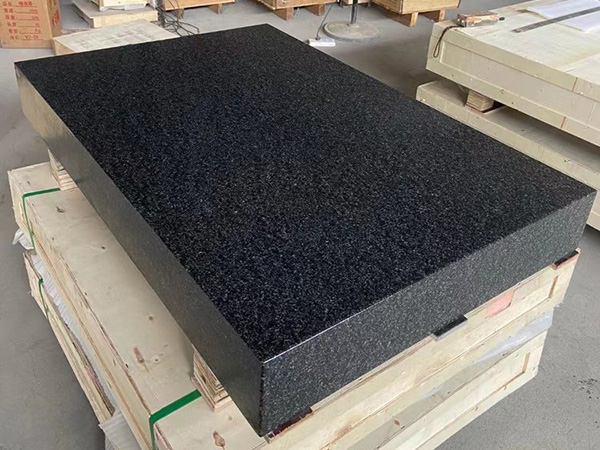
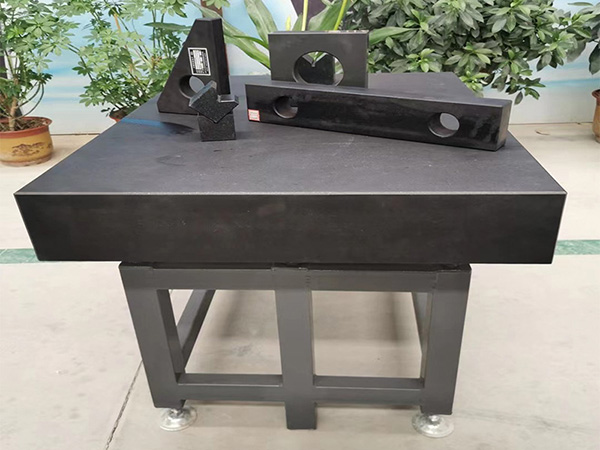
1. Keep the Surface Clean and Free from Contamination
Flatness begins with cleanliness. Dust, grit, and microscopic metal shavings can deform readings by creating pressure points between gauges and the platform surface.
Practical advice:
·Wipe the surface daily with a clean, lint-free cloth.
·Use mild detergent or isopropyl alcohol for oily spots; avoid aggressive cleaners that damage the polish.
·Remove debris from measuring tools before placing them on the platform.
·Always cover the surface when not in use to protect from airborne dust.
Consistent cleaning reduces micro-abrasion and maintains long-term surface integrity.
2. Maintain Stable Environmental Conditions
Although granite is dimensionally stable, temperature and humidity shifts still influence its geometry. Excessive variation can cause subtle expansion or contraction, affecting calibration accuracy.
Environmental guidelines:
·Keep room temperature steady within ±1–2 °C during use.
·Shield the platform from direct sunlight, heaters, and air vents.
·Maintain moderate humidity (45–60%) to prevent static buildup that attracts dust.
·Let the granite platform stabilize before measurements after any major temperature change.
A stable environment keeps the platform’s reference plane truly reliable.
3. Support and Mount the Platform Correctly
Incorrect mounting is one of the main causes of flatness loss. Granite may sag under its own weight if not supported at precise points.
Best practices:
·Use a three-point or manufacturer-specified support layout.
·Ensure mounting blocks or stands are perfectly level and vibration-free.
·Distribute heavy tools evenly with soft pads or load plates.
·Avoid placing excessive weight in one location for long periods.
Proper support minimizes stress and maintains the geometric precision of your granite platform.
4. Schedule Regular Flatness Testing and Calibration
Routine verification keeps your platform within tolerance. Over time, even minor wear should be tracked and corrected early.
Suggested schedule:
·Daily: perform quick visual checks for chips or contamination.
·Quarterly: inspect with a precision straightedge and feeler gauges.
·Annually: arrange full calibration using optical flats, laser interferometry, or autocollimators in an accredited lab.
Document every calibration result and compare data over time to detect patterns. Early detection prevents measurement drift and downtime.


5. Handle, Move, and Store with Extreme Care
Granite is hard yet brittle — a small mishap can cause cracks or chipped corners that distort readings.
Handling rules:
·Lift only with approved lifting eyes or balanced slings.
·Never drag tools or components across the surface.
·Use padded supports when transporting; secure the platform to prevent vibration or shifting.
·Store vertically in a stable rack or flat under a protective cover.
Careful handling extends the platform’s usable life and reduces the need for costly reconditioning.
6. Reconditioning: When to Restore or Replace
Even with proper maintenance, years of heavy use may lead to gradual surface wear. Fortunately, flatness can often be restored through precision reconditioning.
Options:
·Lapping: restores minor wear through controlled abrasion.
·Re-grinding: corrects greater deviations or surface damage.
·Replacement: recommended for cracked or severely warped platforms.
Partnering with a certified metrology service ensures that each reconditioned granite platform meets international standards. Many users prefer sourcing new replacements directly from China manufacturers offering bulk supply — ensuring consistent material quality, rapid delivery, and cost efficiency.
7. Implement Maintenance SOPs and Operator Training
Long-term flatness preservation depends on consistency. Establish clear Standard Operating Procedures (SOPs) and ensure all technicians follow them.
Include:
·Daily and weekly cleaning routines.
·Environmental monitoring logs.
·Handling and load distribution guidelines.
·Calibration and inspection records.
Operator awareness and good habits prevent accidental damage and maintain measurement confidence over time.
8. Why Choose a China Manufacturer for Granite Platforms
Reliable China suppliers are known for their advanced stone processing technology and strict material selection standards. Choosing a China manufacturer that offers bulk production helps ensure:
·Stable quality across multiple platforms.
·Competitive pricing for large-scale procurement.
·Custom sizes and finishes per client requirement.
·Fast delivery for replacement or expansion needs.
This combination of precision, affordability, and scalability makes China a trusted source for metrology-grade granite platforms worldwide.
Conclusion: Safeguard Precision for Decades
A granite platform is the foundation of precision measurement. With systematic cleaning, controlled environments, proper support, careful handling, and regular calibration, its flatness can remain stable for decades.
For laboratories and workshops managing multiple inspection stations, working with a China supplier capable of bulk manufacturing ensures uniform quality and long-term consistency. Proper maintenance not only protects accuracy but also maximizes return on investment — keeping your granite platform as dependable as the day it was first calibrated.
References
GB/T 7714:Lüdicke F, Pietsch F W. Intercomparison Flatness Measurements on a Granite Surface Plate[C]//Progress in Precision Engineering: Proceedings of the 6th International Precision Engineering Seminar (IPES 6)/2nd International Conference on Ultraprecision in Manufacturing Engineering (UME 2), May, 1991 Braunschweig, Germany. Berlin, Heidelberg: Springer Berlin Heidelberg, 1991: 343-343.
MLA:Lüdicke, F., and F-W. Pietsch. "Intercomparison Flatness Measurements on a Granite Surface Plate." Progress in Precision Engineering: Proceedings of the 6th International Precision Engineering Seminar (IPES 6)/2nd International Conference on Ultraprecision in Manufacturing Engineering (UME 2), May, 1991 Braunschweig, Germany. Berlin, Heidelberg: Springer Berlin Heidelberg, 1991.
APA:Lüdicke, F., & Pietsch, F. W. (1991). Intercomparison Flatness Measurements on a Granite Surface Plate. In Progress in Precision Engineering: Proceedings of the 6th International Precision Engineering Seminar (IPES 6)/2nd International Conference on Ultraprecision in Manufacturing Engineering (UME 2), May, 1991 Braunschweig, Germany (pp. 343-343). Berlin, Heidelberg: Springer Berlin Heidelberg.
-
Long-Term Methods to Maintain Granite Platform Flatness
-
Accurate Methods to Check the Flatness of Cast Iron Surface Plates
-
Pro Tips and Creative Hacks for Using a Welding Table in DIY Metalwork
-
How Heat Treatment Improves Machine Tool Castings
-
Debunking the Biggest Myths About Granite Platforms
-
How to Choose the Right Size of Cast Iron Surface Plate for Your Work
Botou Bozhong Precision Machine Tool Co., Ltd.
Copyright © 2025-2026 https://www.bozhong-weldingtable.com. All Rights Reserved Botou Bozhong Precision Machine Tool Co., Ltd.Copyright





 Current Location:
Current Location: